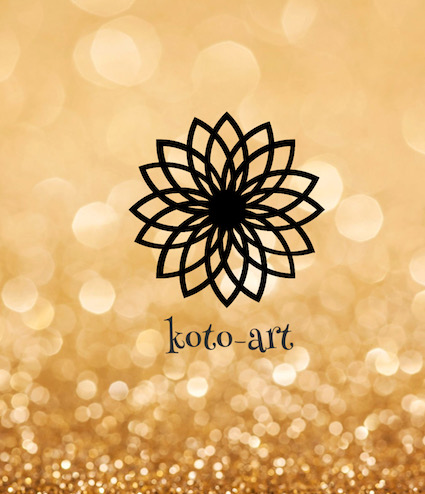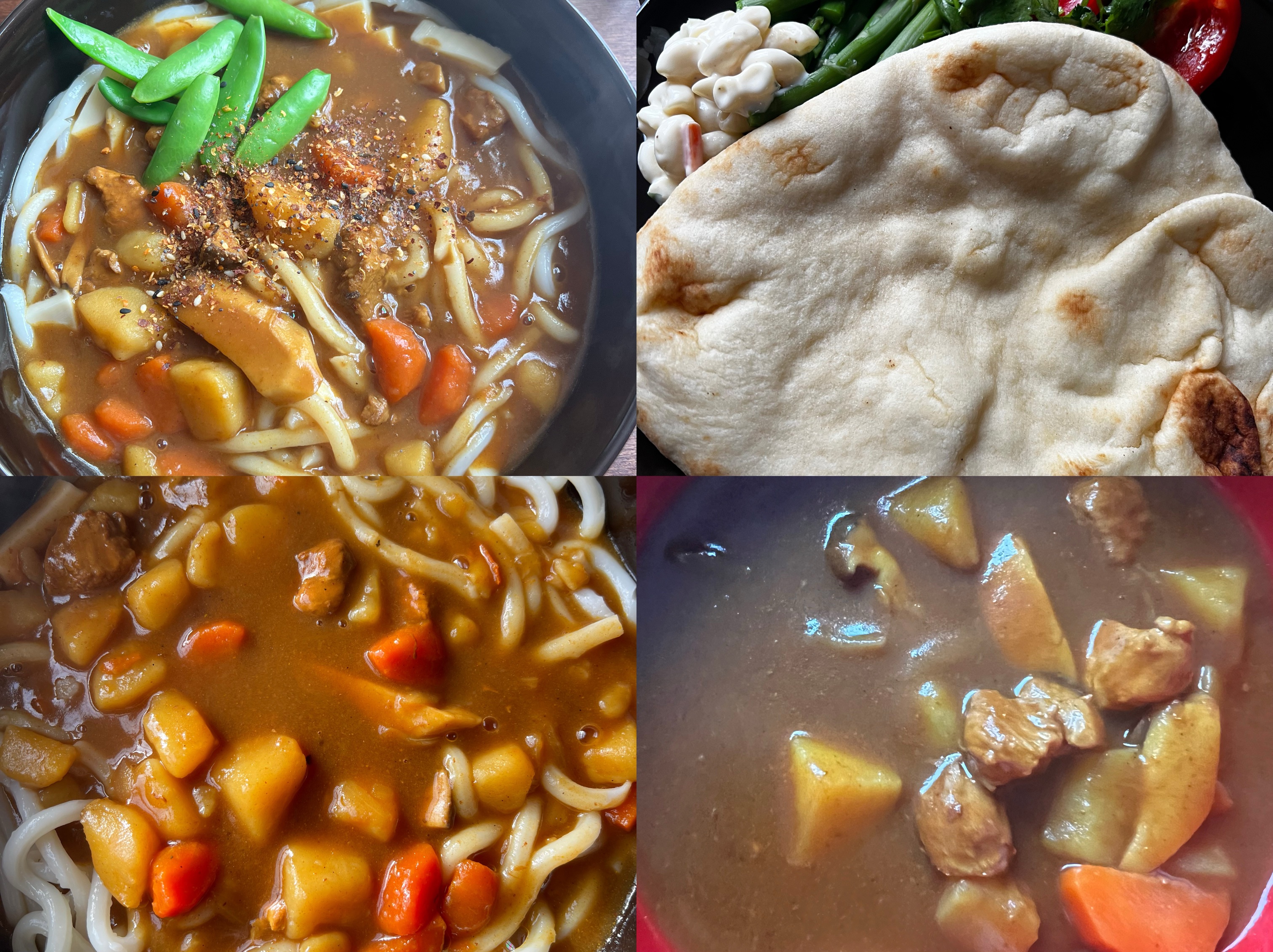
Curry Days
I wrote about curry before, and am writing about why I like to cook, eat, and write about curry today.
Japanese people love curry because it’s easy to cook, affordable, and super comforting. As you know, curry originally comes from India. It was introduced to Japan from Britain during the Meiji era, became popular in schools and the navy, and eventually turned into a nostalgic home-cooked meal, almost like soul food.
The mild, thick style suits all ages, and each family often has their own twist, making it a beloved everyday dish!
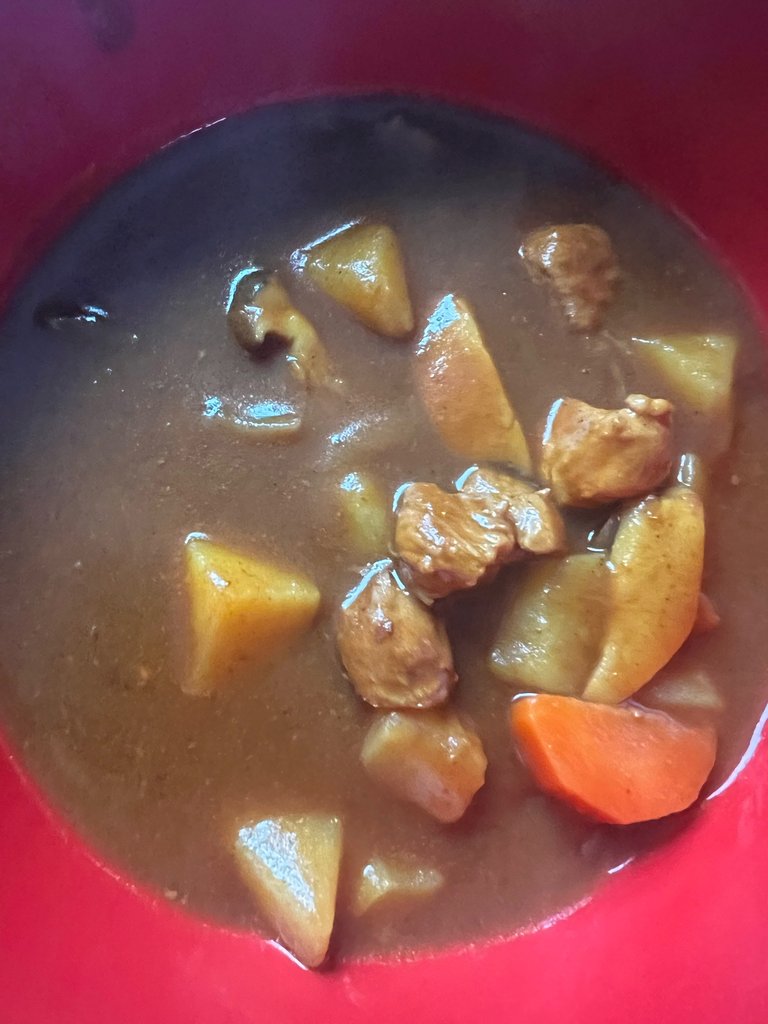
I love many different types of curry, like Thai, Indian, Nepalese, Pakistani-style, Japanese roux curry, Sapporo soup curry, and more. Typical Japanese curry is thick and soupy, made using curry roux like the one in this photo.
You can put almost any vegetable inside. Basically anything from your fridge or cellar. This time, I used potatoes, carrots, onions, pork, and eringi mushrooms. I also like using Chinese cabbage, cabbage, eggplants, zucchini, pumpkins, and more. Shrimp, seafood, chicken, and beef are also really tasty.
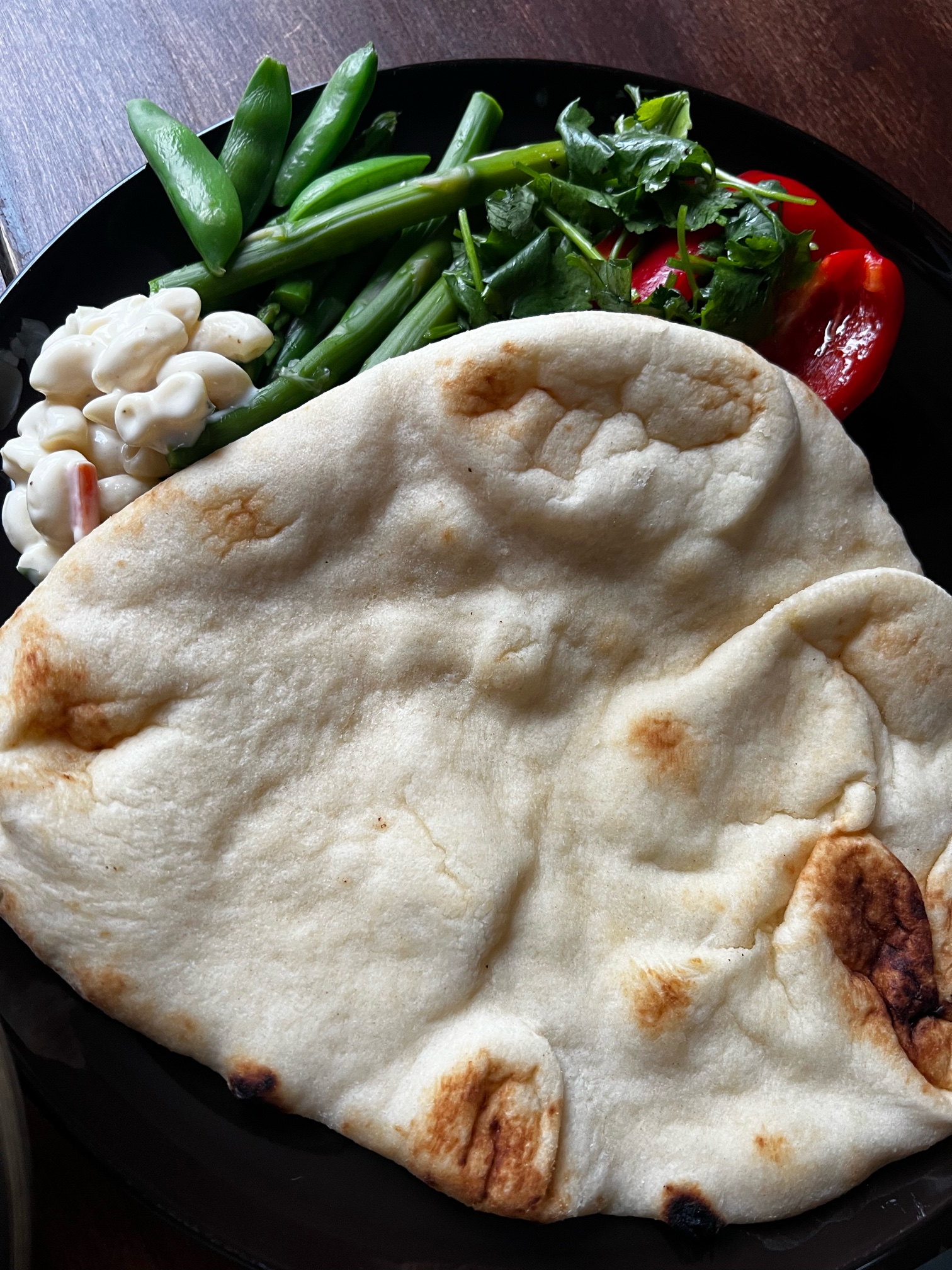
I love finding naan at the local supermarket sometimes. There’s a discount section there, and I often discover interesting flavours. Chapati is also great, but I haven’t seen it at the store. I guess it’s a good idea to try making handmade chapati someday.
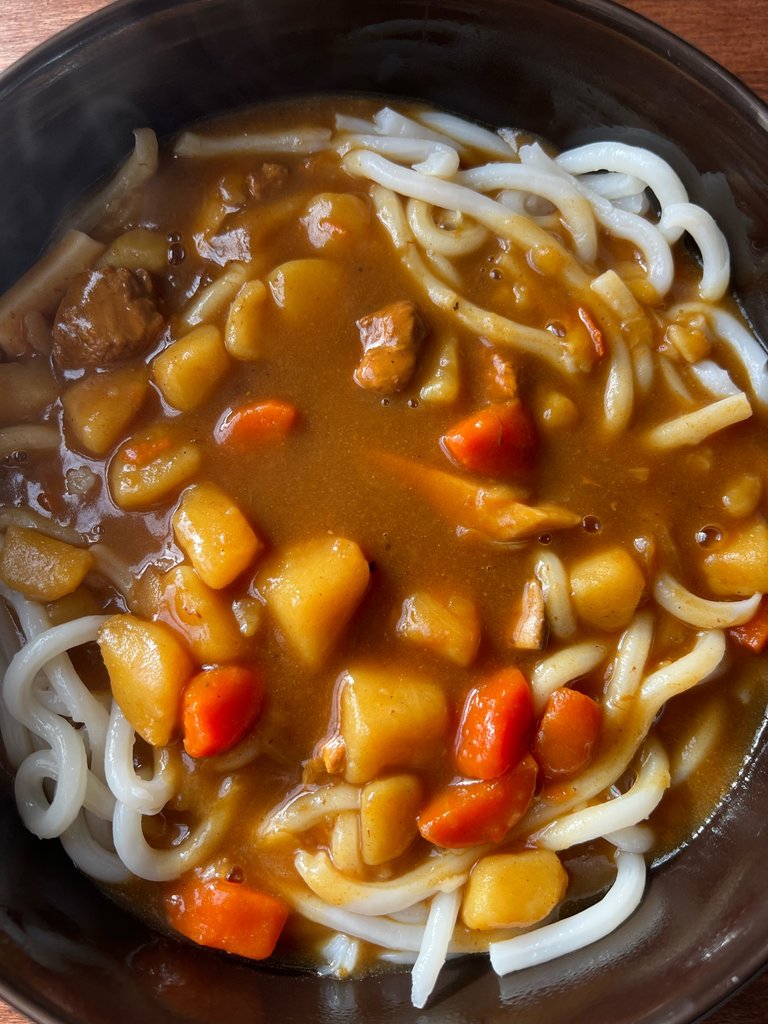
When I make curry in a big pot, I usually finish the last portion with noodles. Ajihen is the most fun part of cooking and eating meals. Ajihen means adding an awe-inspiring curveball to your food midway through the meal, a little flavour twist.
I added water, soy sauce, hondashi, and katakuriko (potato starch) to the leftover curry roux. It creates a ‘Toro Toro’ texture. Toro Toro means thick, sticky, and syrupy. This curry soup is super good with noodles like soba, udon, pasta, or even rice noodles. It also goes really well with fried fish.
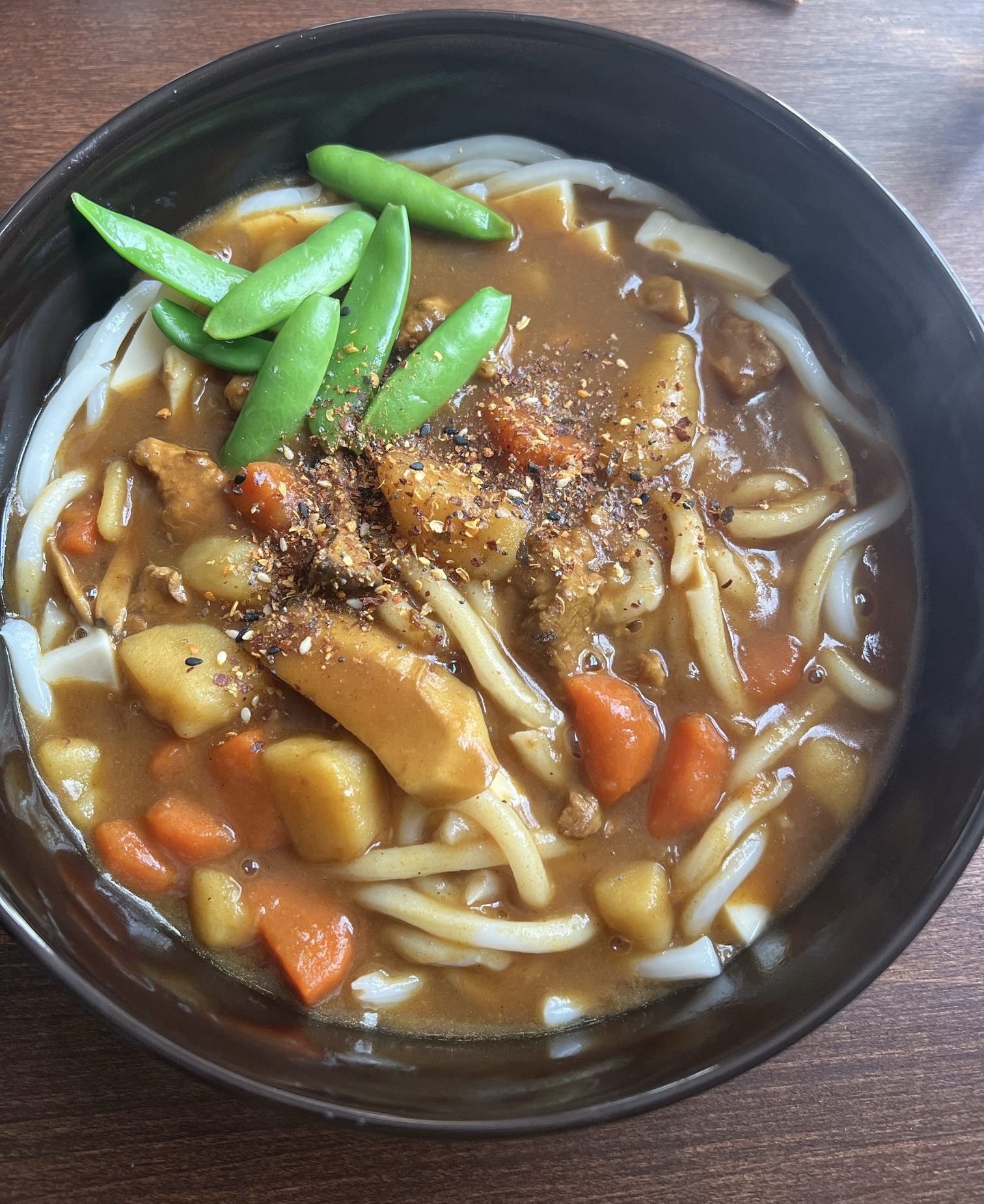
This time, I used Udon noodles and shichimi spice. Last time, I made jambalaya with the leftover curry and rice. I can’t decide which one is the best, but curry udon is an unforgettable taste once you’ve tried it.
Japanese 日本語

カレーの日々
カレーについては前からちょくちょく書いていますが、私はカレーを作るのも、食べるのも、カレーについて書くのも好きです。今日はまたカレーについて書きます。
日本人はカレーが好きですよね。作るのが簡単で、手頃で、癒しの料理です。ご存じの通り、カレーはインドからやってきたものです。日本へは明治時代にイギリスから伝わってきたようです。学校給食や海軍などで定番のメニューになり、そのうち家庭の味となって定着したそうです。今や懐かしの味、お袋の味となっているのではないでしょうか。
マイルドで濃厚なカレーはどの世代の方にも人気があり、各家庭独自のアレンジが加えられていることが多く、誰からも愛されるメニューです。

私はタイカレー、インドカレー、ネパールカレー、パキスタンカレー、日本のルーカレー、札幌のスープカレーなどなど、いろいろなスタイルのカレーが好きです。日本の定番のルーカレーは濃厚で、写真のような感じです。
基本的にはどんな野菜を入れても合うのではないでしょうか。冷蔵庫の中にあるものや貯蔵庫にあるものをどんどん入れてもおいしいです。今回は、ジャガイモ、にんじん、玉ねぎ、豚肉とエリンギを入れました。他にも白菜、キャベツ、なす、ズッキーニ、カボチャなんかもよく入れます。エビなどの魚介類、鶏肉、牛肉なども味わい深くなります。

近所のスーパーで時々おいしいナンを見かけます。ディスカウントコーナーには珍しい味のナンが並んでいます。チャパティも好きですが、近所のスーパーにはありません。自分で作ってみるのもいいかもしれません。

大きな鍋にたくさんカレーを作った時は、最後の日には麺類にするのが我が家の定番です。味へんは料理するときや、食べる際の楽しみでもありますね。
残り物のルーに水、醤油、ほんだしと水溶き片栗粉を加え、とろとろにしました。このとろとろカレーのスープは、そば、うどん、パスタなどの麺類、米麺などと相性がいいです。魚フライとも合いますよねー。

今回は、うどんと七味でシンプルにいただきました。前回はご飯を投入してジャンバラヤにして食べました。どの味が一番かは決められませんが、カレーうどんは一度覚えると、忘れられない味だと思います。
Thank you for reading!
お読みいただきありがとうございます。
